You try to tell people what it’s like living here, but you’re not sure you know. You’ve lived here nearly your whole life, and you’re numb to this place. You have to push yourself to see it. — Jennifer McGuiggan
Town & Country: Part 1
You tell people that this small town, situated thirty-five miles southeast of Pittsburgh, is the last bastion of suburbia before the routes go rural. You live in a thirty-year-old subdivision of single family homes and townhouses. One way in, same way out. No one drives by your house unless he’s headed to or from one of your neighbors’ houses. The well-tended lawns reach right up to the curb, no sidewalks needed in this quiet maze of streets. Yet even in all of this deliberate, manicured space you notice bits of the wild popping up close to the ground: purple crocus and green onion peeking out from the undergrowth in spring; yellow dandelions gone downy white polka-dotting the yards by mid-summer; crackly piles of jeweled leaves lining the curbs in autumn; and bleached twigs littering the mulched beds in winter.
Two minutes from your front door stand a dozen cows, and sometimes one lone goat, in the field next to St. Emma Monastery, where a handful of Benedictine nuns live out their days. People use the parking lot between the monastery and the cow field as a sort of informal, unmanned swap meet. They leave all kinds of junk there, sometimes with a sign that says “Free,” but more often with the simple assumption of freedom. Recently there was a small cardboard box of old Christmas cookie tins and a large, upholstered chair with carved wooden legs and arms, castoff seating for one. Every day for nearly two weeks you spotted the chair’s orange, mustard, and cream flowers as you drove past. Now you look for new treasures to pop up—and for the cop who sometimes sits in the parking lot waiting for anyone to break the 45-mph speed limit.
If you drive five minutes more down the road, you’ll be bobbing along in farm country: rolling hills, corn fields, metal silos, the occasional sheep. On Sundays you drive along the sweetly winding backroads to Bardine’s Country Smokehouse, where you can buy fresh chicken breasts, all manner of beef and pork, and more varieties of sausage than you knew there were names for. The folks at Bardine’s wear shirts that read “Nice to meat you” across the back, and they’re always happy to answer your questions and cut your meat to order. Blue ribbons, award plaques, and glossy photos of prize-winning pigs line the walls. There are cows and a barn out back of the store. When you ask if the chickens are their own too, the woman behind the counter says they come from Michigan. You wonder why there aren’t more locally available birds.
Along the way to Bardine’s you pass more fields of cows and try not to think about their sisters, whom you’re about to see splayed out, red and naked, in the display cases. It’s hard to be a vegetarian in this part of southwestern Pennsylvania, but you give it a try every few months. Going out to eat is your undoing, since most non-meat options here are limited to pasta with soggy vegetables. You have to drive thirty minutes for the nearest Indian restaurant, and thirty more past that to find Thai food, both good options for meat-free meals. But your real downfall is bacon, which you sometimes pick up at Bardine’s with a twinge of guilt, placing it on the counter alongside one of those Michigan chicken breasts. Most weeks you can’t bring yourself to buy the beef.
If you time the Sunday trip just right you can catch part of “A Prairie Home Companion” on NPR. Garrison Keillor’s molasses voice makes the country way of life sound so lovely, so vivid, so very nice. You listen because it fits the landscape, and because for those fifteen minutes each way, Garrison and his guests charm you into thinking that you’re cozy at home in these green, green hills, even though you know in your heart you’re not really a country girl.
Town & Country: Part 2
If you come out your front door, drive past the cows and the nuns, and keep going for ten minutes in the opposite direction of Bardine’s, you’ll run into the sad asphalt of highways, big box stores, and strip malls saturated with fast food. But if you want to avoid all that (and you do, unless you need groceries), you can be smack-dab downtown in five minutes. Here in the county seat, “smack-dab downtown” amounts to just a few streets’ worth of small-town city. The big draws, for you, are the library and the post office, which face each other across Pennsylvania Avenue. You occasionally treat yourself to a red velvet with cream cheese icing at the cupcake shop that recently opened around the corner, evidence that all good trends come to those who wait, even in small town America. More often, you stop by the coffee shop just down the street. They make a decent latte, and the vibe is funky, with angry, edgy art that you don’t really like, but that you appreciate just for existing in this little town. You hear that they’re planning to stay open until 9:00 on Friday and Saturday nights. This is good news, since the one or two other cafés that manage to stay in business here close by 6:00 p.m. during the week and 2:00 p.m. on Saturdays. There aren’t many places to go in this town after business hours unless you fancy one of the many bars: sports, dive, biker, or—the newest addition—the county’s first hookah bar, which opened last year in the strip behind the mall, sandwiched somewhere between Buffalo Wild Wings and Hallmark. But let’s face it, you’re not much of a bar girl.
This should be a college town, but it’s not quite that. Within a ten-mile radius sit four colleges and universities, albeit small ones. You’re well past college age, but you wonder where all the students are, where they go and what they do. Where are the late night caffeine-and-study haunts? The street musicians? Where’s the diversity? More to the point, where are all the young people? And by young people you don’t mean the 2.5 kids for every family on your street. There’s a sizable under-18 demographic in this town, rivaled only by the over-65 population. In 2007 U.S. News & World Report named Greensburg one of the best places to retire. From hookah bars to bingo nights, what’s a girl like you to do?
To be fair, there does seem to be a mini-Renaissance subtly taking shape here: cupcakes, evening coffee shop hours, flavored tobacco, even a few locally-owned, independent restaurants to combat the fluorescent chains along the highway. One of them features a menu of local and sometimes organic offerings, including meat from Bardine’s. (You think again about that Michigan chicken. Does five-hundred miles count as local in the world of food?) You’re really trying to be a small-town girl.
The In-between
As a teenager you had a boyfriend who loved living here, touting its ideal location halfway between the mountains and the city, forty-five minutes either way, he said. He was technically correct, but fifteen years later you’re still not buying it. It’s not the math or the mileage that’s wrong, just everything else. The problem is that neither the mountains nor the city on either side of this small town satisfy you. The Laurel Highlands to the east aren’t much when it comes to mountains, just Appalachia’s afterthought foothills. Pretty enough, sure, but nothing that catches your breath.
To the west, Pittsburgh keeps trying to shrug off its old blue collar, Steel Town image with new biotech firms and glossy marketing initiatives. But beneath the progress and the gloss, it’s the same old gritty city, the same squashed-voweled accents of the local “Yinzer” dialect, the longstanding adoration of Primanti Brothers sandwiches with their french fries and coleslaw piled high atop the meat and cheese, as though the sandwich itself were in a hurry for you to eat it. You’re just far enough outside of the city to be disconnected from the art scene that you hear is buzzing. People who live closer in think you live out in the sticks, and maybe you do (think of all those cows). You once went to an evening event in the city and someone asked if you were driving “all the way” back home that same night. One hour by car is a world away.
The city offers plenty to do. There’s the Pittsburgh Symphony, the Pittsburgh Opera, and the Pittsburgh Public Theater, but looming above all of these are the Pittsburgh Steelers. Football reigns supreme here in the capital city of “Steeler Nation,” a geographically amorphous land populated with just as many women as men. You don’t really care about football, which is considered unnatural and blasphemous in these parts. This somewhat frivolous outcast status serves as the symbol for all the ways you don’t feel at home here. You daydream about cities like Portland, Oregon, cities with good public transportation, public recycling bins, and bicycle culture. Places where you—wearing a dress over your jeans and with small swatch of pink hair—aren’t the most outrageous hipster on the scene. You wonder if this makes you a snob in some way. (You fear that it does.)
Land and Sky
Pittsburgh’s three rivers notwithstanding, this is a landlocked pocket of earth. Lake Erie grazes the top of the state three hours to your north, but that’s not local, even if it is closer than those Michigan chickens. And this is the crux of your discontent: You are an ocean girl. You daydream about it the way you used to daydream about your old love who lived across the continent and then across the Atlantic. All of this land maroons you from your true self.
But all of this land is why you love the sky so much: It’s the closest thing you have to the sea and the only thing that seems to change much around here. On good days you watch the currents of the sky, the tide of blue and white and grey ebbing and flowing. But even the sky stays the same for too many days on end here, with more cloudy days than the Pacific Northwest, which, incidentally, is where you’d like to live—between the evergreen mountains and wild seashore. On winter days, when slate grey skies fit over these pale winter lawns like a too-tight skullcap, you feel claustrophobic inside and out, cabin fever that has nothing to do with walls.
Still, the sky is your saving grace. Late in the afternoon, when tentative patches of blue sometimes peek through the cloud lid, you go out for a walk. Every day around this time a fat hound dog cries with an alarming and mournful insistence. On one of your walks you see the dog and its owner. The hound snuffles in circles for all it’s worth, hot on the trail of something along the cold asphalt, braying every few seconds in a plea or an announcement or some triumph, you can’t be sure which.
These feeble splotches of color in the anemic sky remind you that above the colorless canvas that you can see is a wide space of blue that you cannot. Of course, above that lurks the cold dark of space, but that’s neither here nor there. The point is this: The sky is out there. This is how you feel in general: Things are out there, somewhere. Beyond the grey sky; beyond this solidly middle class, suburban development; beyond this small town creviced between the city and the foothills; beyond the farmland and rolling hills; thirty-five miles from urban culture, three-hundred miles from the nearest shoreline, and two-thousand-six-hundred-seventy-four from that beach you love the most on the Oregon coast.
When you force yourself to look at this place where you’ve lived for 35 of your 36 years, you can’t help but wonder what “home” really means. Is it where you hang your hat? Where you lay your head? Or is it, to mix the metaphors, where you hang your head? Even as you think about moving across the country, you push yourself to see this place you call home. You notice the pleasing contrast of brown branches against the whiteout sky, the melancholy music of the hound dog, the sinewy energy of angry art on coffee shop walls. As winter ends, warmer weather creeps back in, the sky blooms into a soft blue, and each spring you notice more purple crocus pushing their way up through the dry sticks of last year’s growth.
— Jennifer McGuiggan
—————-
Jennifer (Jenna) McGuiggan lives in the rolling hills of Pennsylvania and longs for the sea. To soothe her wanderlust she is working on a collection of essays set at seashores around the world. She holds an MFA in Writing from Vermont College of Fine Arts. In 2009 she curated and published Lanterns: A Gathering of Stories, a collaborative collection of prose, poetry, and photography celebrating women in creative community. Visit her in The Word Cellar, where she writes about everything from navigating the writing life to venturing into the world of roller derby.
This is the 38th “What It’s Like Living Here” on NC. See the complete collection here.
——————————————–……

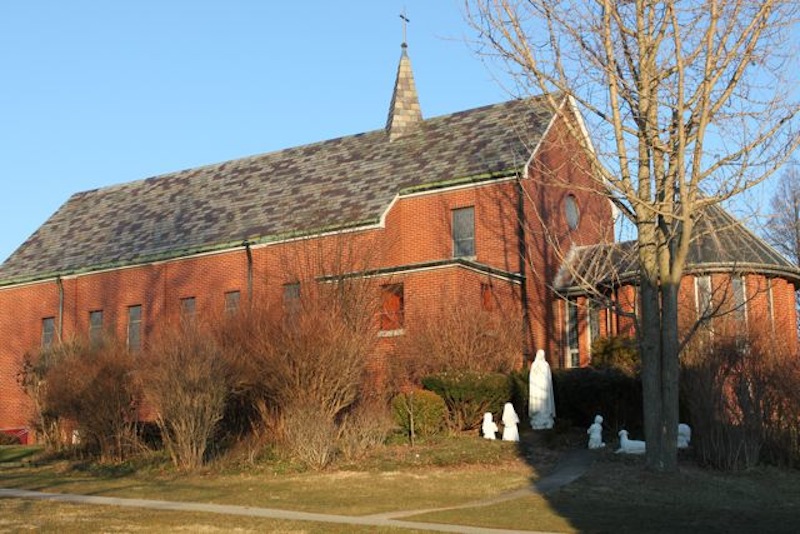
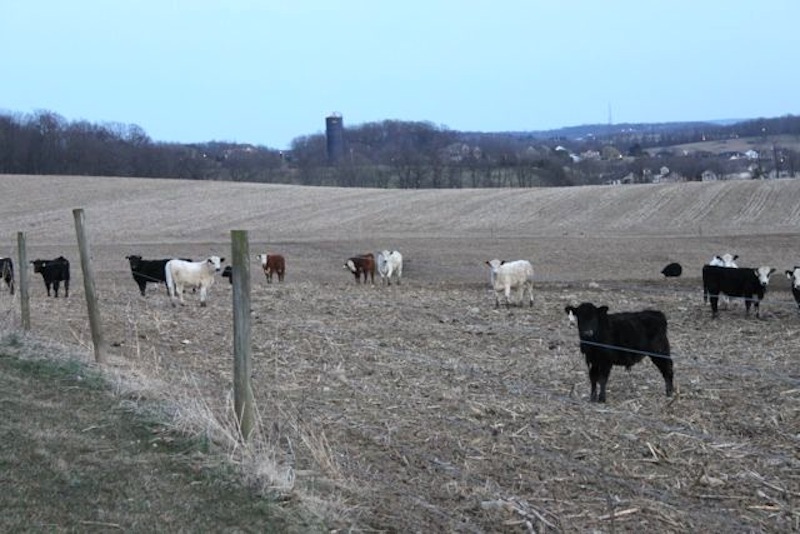
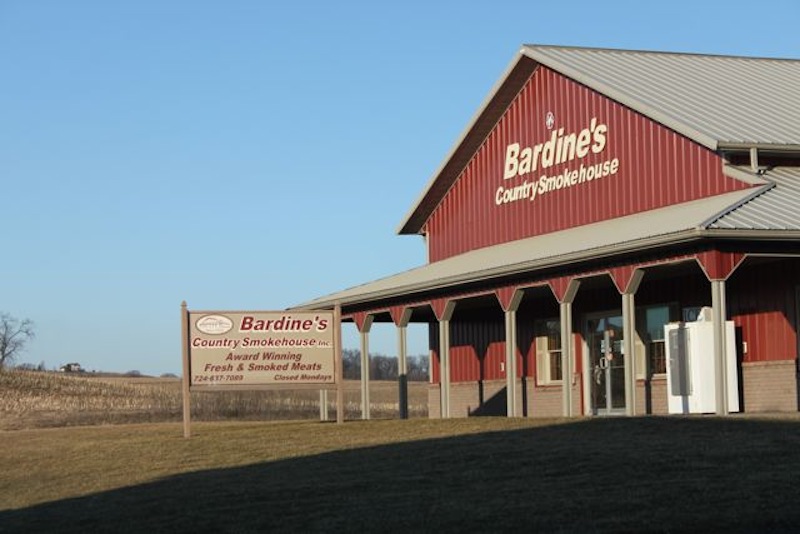
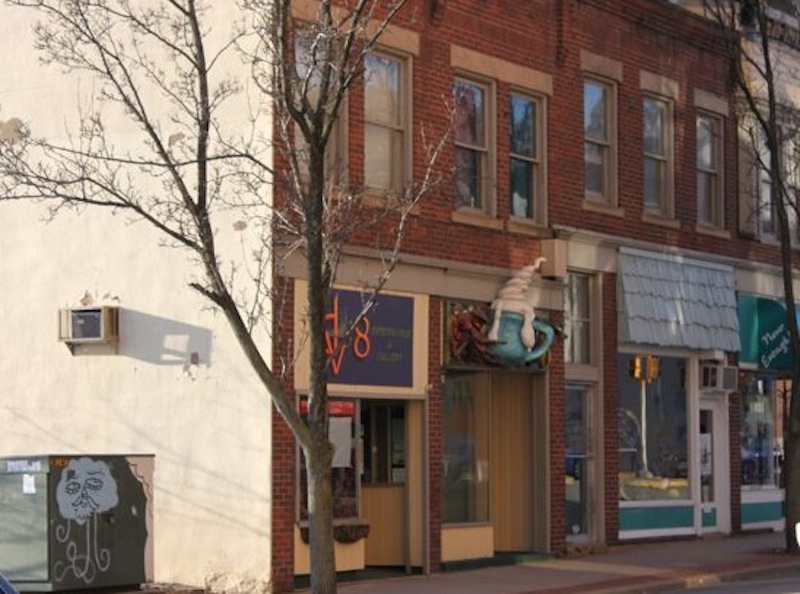
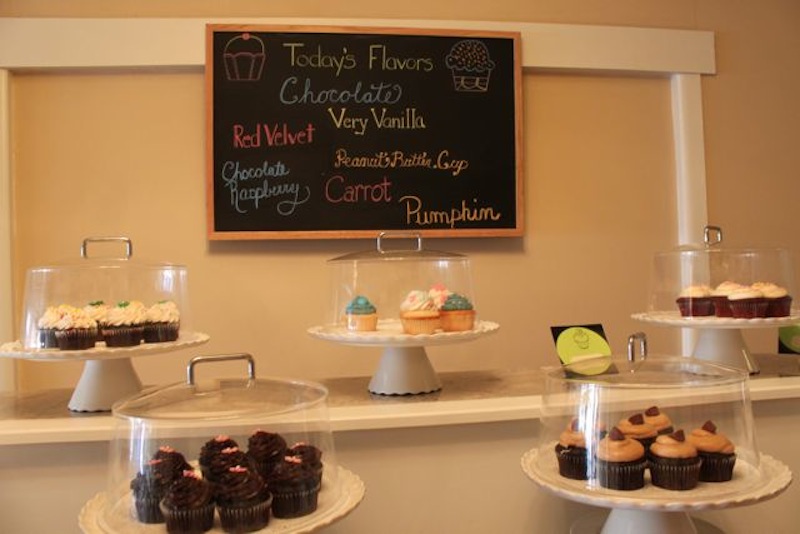
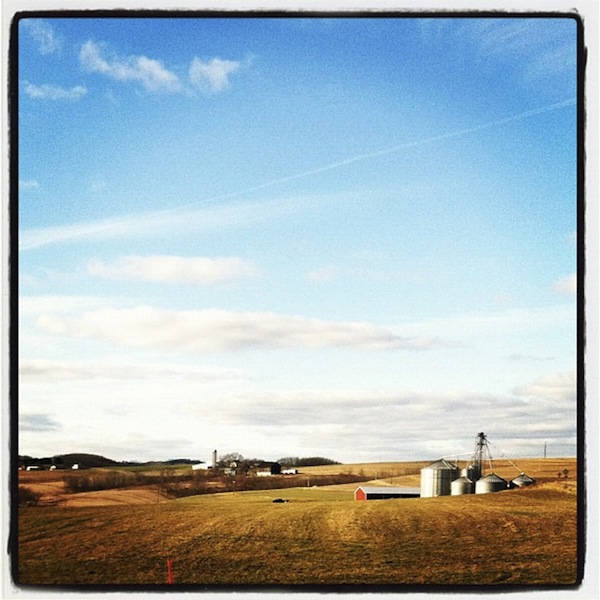
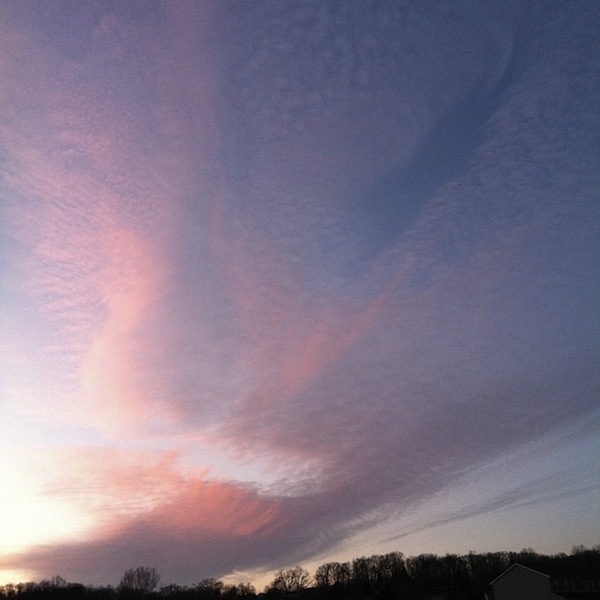
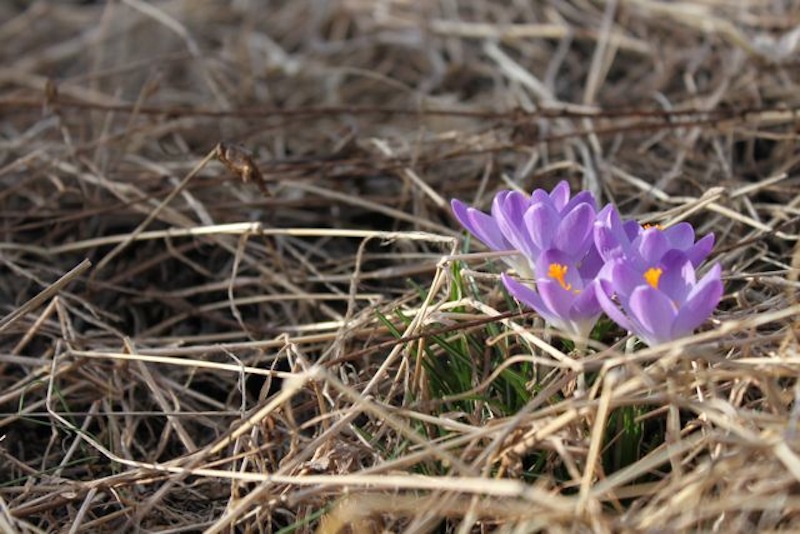
This is lovely, Jenna! I share your longing for the sea. It’s the river here that’s my “saving grace.” Good luck with your collection of essays!
Beautiful essay Jenna! I appreciate the effort to notice details of a very familiar landscape and to revisioning home after our own growth shifts our sense of self. Hookah bars and bingo, cows and Bardine’s–quite a vivid landscape you present. Seems like it’s evolving too!
Wonderful, Jenna! Melodic and evocative, with a dose of melancholy. Lovely essay!
I love this essay, Jenna. And the photos too! Especially after visiting the similar landscape of where my daughter will be going to college in PA. But I can’t help thinking that you really need to move to the Northwest. Oregon to be exact. 🙂
Enchanting. We lived in western New York, Jamestown, to be exact. The countryside is beautiful. Now we are in urban Pasadena, but there are lots of trees, good libraries and the people are friendly.
Your writing is lovely.
miss jenna….it is as if you were sitting with me in my own little town sprawled in the center of indiana, and you write the words i want to put to paper.
beauty.
Lovely, so lovely. Thanks for your words.
beautifully written, and, if i may say so as one who spent some time living in southwestern pennsylvania, spot on. your words make me feel the tug you feel. needed a bit of that sense of homelessness today, to remind me of something i tend to forget. thank you.
“These feeble splotches of color in the anemic sky remind you that above the colorless canvas that you can see is a wide space of blue that you cannot.” Just gorgeous. Thank you for sharing, Jenna. Come West to visit, anytime. Would love to have you!
Thanks for reading, everyone, and for all of your kind comments.